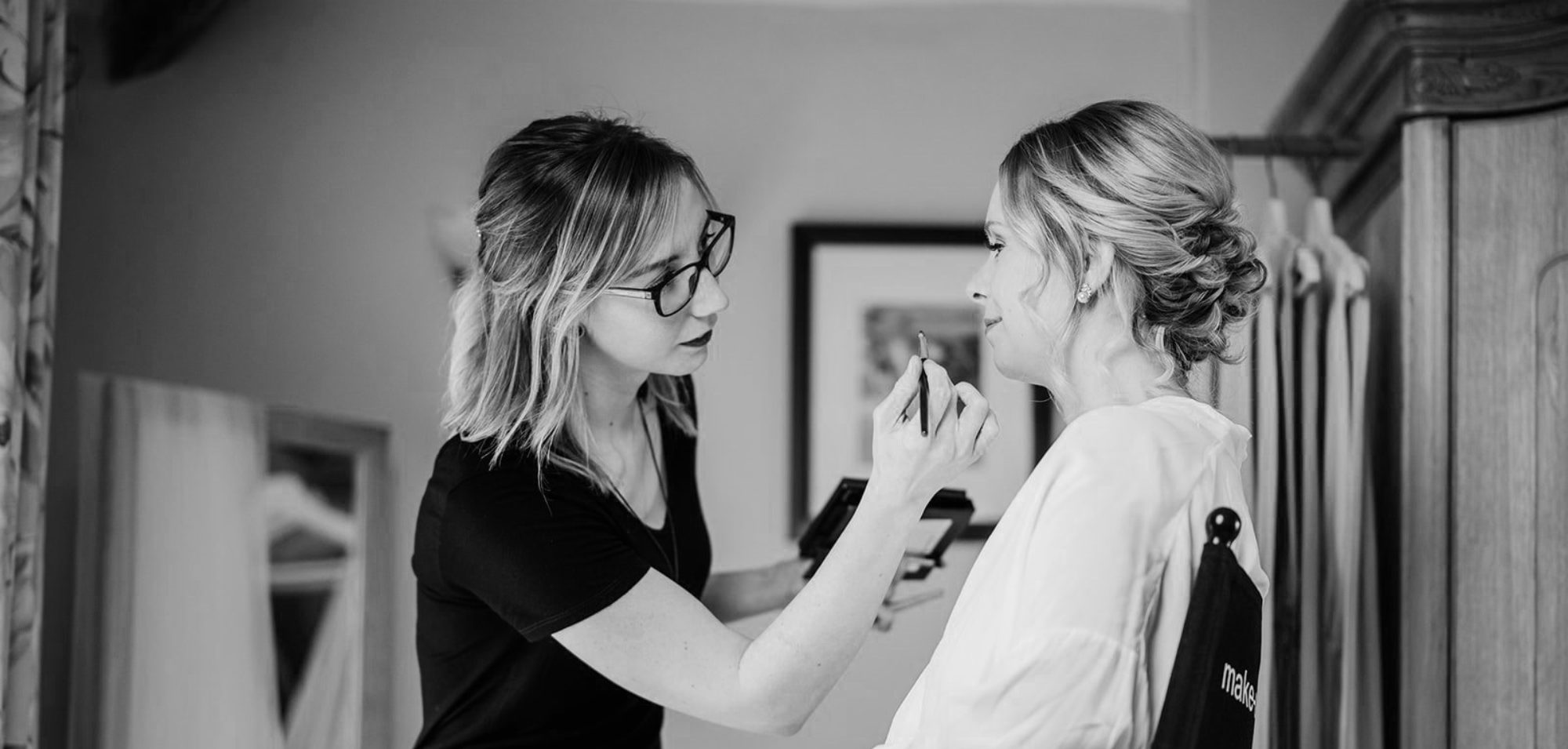1509AD-1603AD

Skincare:
To keep their skin soft, Tudor women would use face cream made from beeswax, sesame seed oil and honey. As a treatment for spots, blemishes and to try and remove freckles, they would use a harsh mixture made from lemon juice, rose water, honey, eggshells, mercury and alum. Another harsh way of ‘skincare’ was to exfoliate their faces with a pumice stone or ground almonds. They would wash their faces in ass’s milk and rose water to ‘brighten their skin’. Also, they made facemasks from the very toxic mercury to make their skin soft and fresh. To brush their teeth they would use a stick and either honey, brick dust or a sugar paste! As for teeth, it was fashionable for the poorer people to blacken their teeth on purpose to show their “wealth” as they couldn’t afford the sweet foods that made rich peoples teeth rot.
Make-up:

Make-up wasn’t very fashionable in the early Tudors, however when Elizabeth 1st came to reign, she was a fan of make-up, so it became very popular. People wore make-up as a sign of their wealth, also as a practical use to hide wrinkles and scaring such as ‘smallpox’ scars.
Very white foundation, called “ceruse” was used to show wealth as the poorer people would have a suntan from having to work outside. This was made from white lead and vinegar, which was very poisonous; many women’s skin would bleed to achieve the pale look, and often die from lead poisoning. Other pale foundation was made from poppy oil and powdered hog bones.
Cosmetic products from the Middle East were used, such as rouge made from red ochre or cochineal for their lips and cheeks, kohl was used to darken their eyelashes and eyebrows. They would pluck their eyebrows into high arches, or sometimes pluck them completely out to enhance a high forehead.
Make-up in the theatre was used sometimes; if the character was a fairy or a witch for example. They would crush up silver or pearls to create a shimmer effect on the skin. They would also ‘contour’ their faces with chalk and soot to make their features visible on stage.
Hair
Fair hair was again very popular in this era. Like times gone before, rich Tudors would dye their hair to make it lighter, often yellow or red. Yellow hair dyes were made from a mixture of cumin seeds, celandine, saffron and oil, whereas redder dyes were made from henna.
Often wealthy people wore wigs and hair pieces, it is said that Queen Elizabeth I had over 80 different wigs!
In the early Tudor times, hair was tucked away under head dresses, it was kept very long. Whereas in the Elizabethan era, it was fashionable to have frizzy hair, and due to the ruffs being very large, head dresses got smaller so more hair was on show. It was usually swept away off the face and a lot of ladies would pluck their hairline about an inch to give them a bigger forehead. Hair was curled using hot tongs or sticks; it was usually full of lice.
Male hair was usually kept short, along with a pointed beard. If their hair was long, it would be curled with hot tongs and kept in place with wax or gum.

NEXT: Stuart Period
BACK: Renaissance Period

